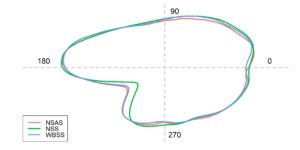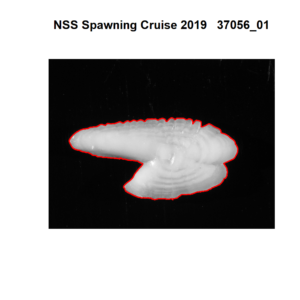Do you want to learn a method for discriminating different herring populations? Here you have the possibility to learn and apply otolith shape analysis.
Project background
Atlantic herring (Clupea harengus) is a migratory species and different populations mix during their migration. To estimate the abundance of each population, mixed catches need to be separated. We will use herring otoliths that have collected during a variety of scientific surveys.
Tasks
Your task is to photograph herring otoliths using a microscope. The pictures you have taken will be further used to extract the shape outline. The outline will finally be analyzed to discriminate different populations.
The project involves: labwork.
Starting date/period: all year long.

Experience/skills to be acquired:
You will learn how microscopes can be used to take pictures of otoliths. Also, you will learn how these pictures can be further used for statistical analyses. Finally, you will get a short introduction to how digital pictures can be used in science. This work is relevant to discriminate populations of all type of fish. Shape analysis could also be applied to other biological structures, like tree leaves for example.
Involvement: approx. 30 hours (max 40 hours). Work periods of 4-6 hours recommended. Work in groups of 2 students is recommended.
Interested by this project? Need more info? Contact Julie Skadal (julie.skadal@uib.no)
Project number: 017

